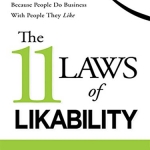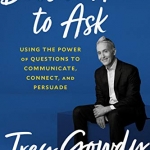Reify Your Blog Posts

There are concepts that exist in a purely abstract way, and, in blog content marketing, we have to, as hackernoon.com puts it, “find ways to explain those concepts so that they make sense to as many people as possible”. In fact, as we’ve come to realize at sayitforyou.net, blogging itself is a way of reifying complex information.
To reify is to make something abstract more concrete or real. Sociology textbooks define ‘reification” (which literally means to “turn into things”) as “the process of coming to believe that humanly created social forms are natural, universal, and absolute things”. In the two sayings “You can’t fool Mother Nature” and “fighting for justice”, Nature and Justice, both abstract concepts, are treated as real people, even though we know they’re not, There’s absolutely nothing wrong with this, authors Chevette Alston and Lesley Chapel explain in study.com, because reification can turn language abstractions into tangible understanding.
“Concepts like happiness and intelligence and personality are called constructs. We cannot see them directly. They are labels, concepts, literally constructions in our heads. By giving such complex processes a label, we can discuss them, psywww.com explains.
Not everyone agrees that reification is beneficial. “When we assume that a concrete, tangible thing has the quality of abstract concepts, when the thing-in-itself is forgotten and the thing-as-thought-of is mistaken for the thing itself, that can be dangerous, Biznewske.com explains. For example, assuming that someone is an expert simply because they have a degree is a reification fallacy. Assuming that a boxed product such as cereal is a symbol of health and nutrition is a fallacy. Reifying an idea such as “male privilege” means taking it as true when it might or might not be true.
Hacker.com, though, “gets it”. The essential challenge we blog content writers face, they understand, is explaining abstract concepts in the right way, because doing that makes the difference between business success and business failure. Readability is a critical aspect of online writing, in which we business bloggers are out to retain the clients and customers we serve and to bring in new ones.
The products and services we’re writing about can’t be amazing in the abstract, which is why reifying blog content can be just what’s needed to make it engaging and real..





Follow us online!